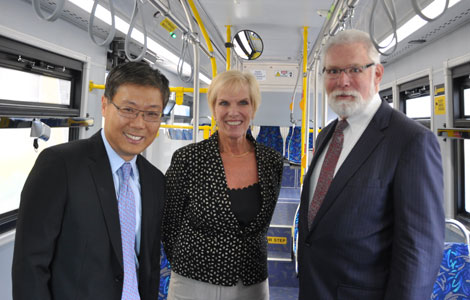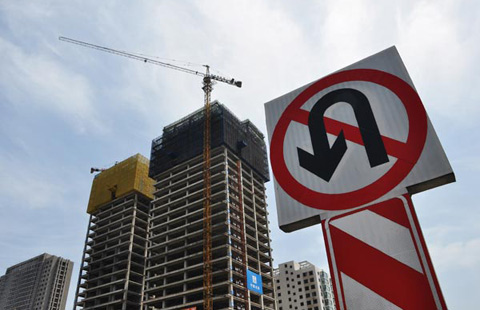Illegal tourism threatens Beijing's drinking-water source
Updated: 2014-07-31 09:22
(ECNS)
|
||||||||
Villagers near Miyun Reservoir in north Beijing are luring tourists to fish and swim in the city's largest drinking-water source,which is not allowed by regulations,the Beijing Youth Daily reported.
The reservoir and several villages, including Heiwo, are part of a protected area. People other than reservoir staff and local villagers are not allowed to enter, according to regulations.
However, reporters found that much of the fencing around the reservoir was damaged, allowing vehicles to drive in. Furthermore, nearly every household in Heiwo village had posted signs touting the area as a tourist attraction.
One villager said she has run a tourist business for more than six years, and that all of the rooms in her house were already booked. "Don't worry. The reservoir's law enforcement team comes to inspect occasionally," she added.
More than 20 tourists were seen enjoying themselves beside the reservoir on Sunday afternoon. One man was fishing and others were swimming.
A woman with her child said she had been warned about having barbecues at the site, but that "it's no big deal."
Two high school students also said they came to swim every afternoon during summer vacation, but that they would hide from the reservoir's inspection team.
One officer of the team said they inspect in the morning and afternoon each day, but admitted that their warnings were always ignored.
The Chinese government has released a plan for the protection of drinking-water sources in urban areas to guarantee safety. The plan bans activities that may pollute water in protected areas, such as fish farming, swimming and fishing.
Li Yisong, a law professor, said it is illegal to conduct tourism activities in the reservoir protection area.
The Miyun Reservoir, around 100 kilometers northeast of Beijing, is the main drinking-water source for the more than 20 million inhabitants of a city troubled by intense water scarcity.

 Panda North American film festival opens for submissions
Panda North American film festival opens for submissions
 Lavender farm has right scent to lure Chinese tourists
Lavender farm has right scent to lure Chinese tourists
 Silicon Valley rally calls on Fox News to fire Beckel
Silicon Valley rally calls on Fox News to fire Beckel
 Talent competition
Talent competition
 Philadelphia Orchestra continues China ties
Philadelphia Orchestra continues China ties
 Chinese, US naval hospital ships conduct exchange
Chinese, US naval hospital ships conduct exchange
 High rent pressures NYC Asian eateries
High rent pressures NYC Asian eateries
 BYD's green bus in test ride
BYD's green bus in test ride
Most Viewed
Editor's Picks

|

|

|

|

|

|
Today's Top News
Chinese antitrust agency probes Microsoft
Safety concerns Chinese communities in US
BYD's green bus in test ride
Top 'tiger' caged by graft probe
Ex-security chief Zhou Yongkang under probe
Microsoft probed for monopoly
4 charged for murdering student
Prudence urged over solar dispute
US Weekly

|

|







